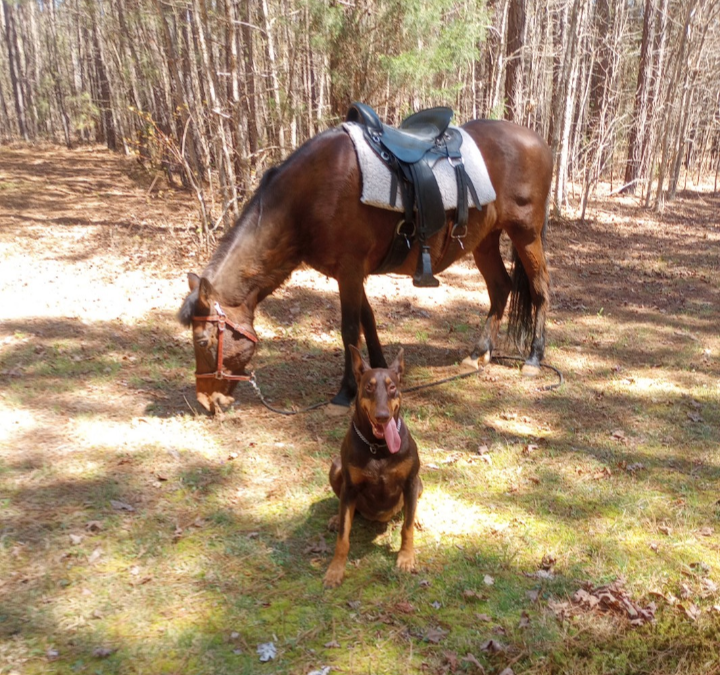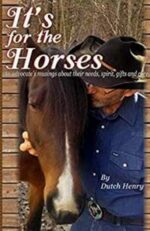POSTURE & HORSE HEALTH
Howdy Friends, “Posture and Horse’s Health” Recently I found myself explaining the absolute importance of a horse’s posture to their overall health, physical and mental. Unfortunately many horse owners and caregivers do not recognize poor posture in a horse—or have a reference point of good horse posture. Why?
Bad Habits
I believe Thomas Paine explained why when he said, “A long habit of not thinking a thing wrong gives it a superficial appearance of being right.” Now I don’t believe one of our most outspoken founding fathers was talking about a horse’s posture when he imparted that wisdom, but it sure fits, and might explain why posture is so overlooked, or misunderstood in horse care.
I happen to subscribe to the understanding that poor posture in a horse can be, and is, one of the most powerful detriments to not only a horse’s health, but also its comfort, contentment, mobility and longevity … That’s why I write the posts I do, wrote my book “It’s for the Horses: An advocate’s musings about their needs, spirit, gifts and care,” and it’s why I began to offer clinics—to help folks realize, recognize and promote the importance of good horse posture.
Good Posture Lifts Everything
No matter the discipline you play in, correct horse (and human) posture will lift everything to higher heights. Play, performance and health, physical and mental, will all not only benefit from proper posture, but will excel at more exciting levels of accomplishment and fun.
Everything from attitude, awareness, soundness, performance to organ function, digestion and all bodily functions can be, and are affected—positively or negatively by the state of a horse’s posture. Often reoccurring mystery lameness, or temperament swings, gut problems and a host of other nagging issues are directly related to poor posture and body carriage.
What causes poor posture?
In most cases—We do. Much of what we do to and with our horses can cause subtle, or not-so-subtle deterioration of a horse’s posture. Many things can and will contribute either positively or negatively such as, hoof care, diet, housing, saddle fit, discipline we pursue, our own posture (or lack of), dental care and a host of other interactions. But in most cases it is we humans who effect equine posture.
How can we recognize correct posture?
When we look at our horse standing relaxed on level ground we should see a picture of a relaxed neck, soft eyes and back, and cannon bones perpendicular to the ground.
Think of a well built table supporting all four corners … In motion our horse should carry herself softly, not rush, crowd or stumble—those are not signs of “discipline” rather they are clear signs of poor posture, and a horse trying their best to both avoid pain and maintain balance.
How can we help our horses achieve proper posture and body carriage?
“Proper hoof care” is paramount, and our Coffee Clutch and Facebook friends know I believe that starts with going barefoot. But even barefoot horses can have toes too long that make correct posture impossible. That simple fact can, and will, set up a cascade to impact the likelihood of achieving, maintaining, or preventing correct posture.
“Housing,” horses must not live in stalls.
They need to, and want to, move about at will. “Diet,” horses thrive on an all forage diet. “Dental care” like hoof care impacts, everything.
“The things we do.”
Many activities we pursue with our horses have goals, or perceived goals, that not only chip away at a horse’s ability to carry proper posture. But sadly too often Demand their posture be ruined for a certain look or performance. We can help overcome that with exercises that help create proper posture. I highly recommend every horse caregiver learn them. They can easily be part of anyone’s management routine.
The importance of correct posture and body carriage to the health of a horse cannot be overstated.
~Gitty Up, Dutch.
Learn more about posture exercises in my book It’s For The Horses









